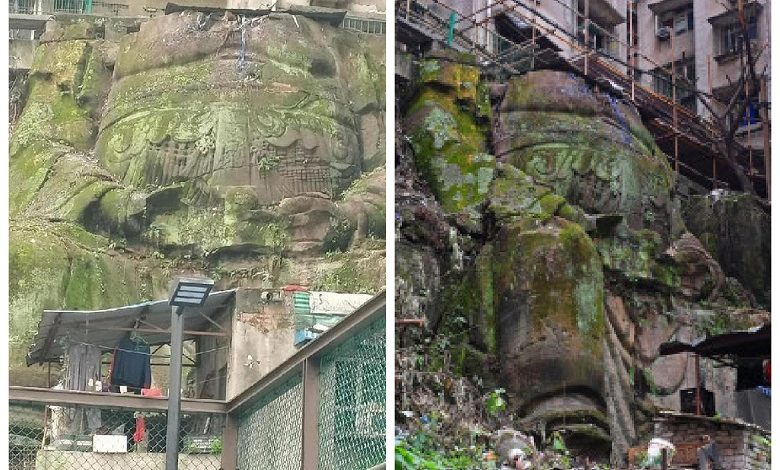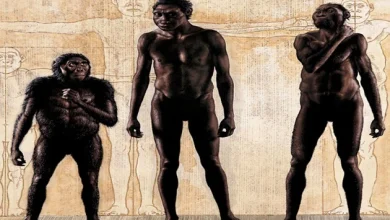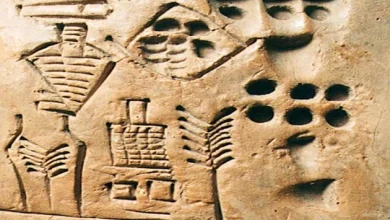How 1,000-year-old giant headless Buddha ended up in an apartment

This strange story happened on New Year’s Eve. It is not at all about spiritual enlightenment and exaltation. In China, an apartment building was standing on top of a vast headless Buddha statue. Even for the locals, the unorthodox foundation on which their house stood was a real surprise. Experts say the figure is over a thousand years old. How could this have happened?
In the densely populated municipality of Chongqing in southwestern China, it was a natural sensation. Old-timers argue that this extraordinary foundation has always been there, just hiding under a residential complex. Of course, it is. Some say that this Buddha is over ten centuries old.
The statue is essentially a piece of rock, with a giant sculpture carved into it. For many centuries, vegetation completely covered the figure, and it was not clear what it was. When a house was built on this site in the last century, it was erected on this rock. The Buddha would have remained a secret even now, if not for the march of progress, which requires providing people in this area with housing. When they planned to rebuild the outer wall of a multi-storey building, the vegetation was cleared, and the private foundation appeared to the amazed eyes of contemporaries. These came as a big surprise to the locals.
Buddha sits at the height of ten meters. The wrists and left leg have been more damaged over time. In general, the statue is pretty well preserved. The only thing is that the head is absent.
When was this Buddha created? Here, the opinions of experts and residents diverge. Residents old enough to remember that it was there think the statue might be, for example, from the Qing Dynasty (1644-1911) or even older.
On the other hand, the Nan’an District authorities classify this Buddha as erected during the Republican era of 1912-49. They add that this is “according to the national study of cultural relics.”
It is even unclear whether the statue lost its head or did not exist at all initially. Some sources claim that the head was destroyed. Others say the work was abandoned before the Buddha statue was finished. The era of the People’s Republic came in 1949; the money ran out. There is evidence that this statue was actually inside an ancient temple that stood at this place. After all, no one knows who placed the Buddha on this sacred slope.
One thing is for sure – before the apartment buildings were erected here, this site was a place of worship for the Taoists. Leizu Temple existed until 1987. In the end, it was eradicated from the face of the earth, and buildings were erected in its place. However, this religious site does not seem to be associated with the beheaded Buddha.
The Buddha, of course, had broad shoulders that supported the structure for decades. Nevertheless, experts say that an unpleasant surprise could await here. After all, the carving made the rock too susceptible to the risk of rock decomposition. Water penetrates the cracks, gradually destroying the stone. The foundation is not very stable.
This news made the locals incredibly concerned, and people remember the giant Buddha statue, more than seventy meters high, in the Sichuan province. Record floods caused the giant to collapse unexpectedly. If something like this happens in some over-populated area, the consequences will be most catastrophic. At the same time, the authorities are investigating and looking for solutions to the problem.
Ancient history is an important part of Chinese culture. It is always there, whether it be a prediction of possible death or just supporting a building. One can only picture what it would be like to live in a house on the shoulders of a stone giant.




